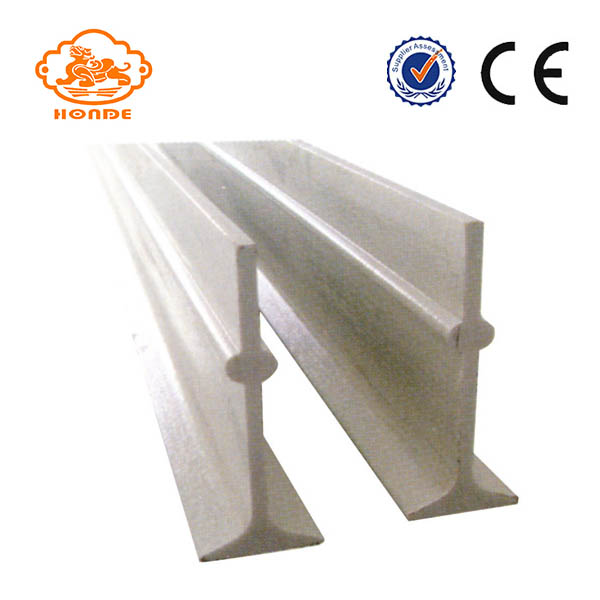With the advancing of the new rural construction project, since 2007, the city's construction of biogas tanks has risen more than one wave. Up to now, 18023 biogas digesters have been built, and a 10 cubic meter biogas digester produces about one year of biogas residue. 12 tons. In order to rationally utilize the biogas residue and biogas slurry, we tested the jujube jujube tree at Lichengfu, Luming Village, Luan Village, Pingyao County, Shanxi Province. The test results are very obvious. It not only increases the organic matter in the soil, but also improves the soil structure. The jujube tree enhanced the stress resistance of the jujube tree, resulting in a significant reduction in pests and diseases. Moreover, the fruit size was uniform and the jujube tree increased its yield by about 18%. The application of marsh fertilizer on jujube trees is described as follows:
There are two kinds of fertilization methods for marsh fertilizer on jujube trees: one is basal fertilizer, the other is top dressing and foliar fertilizer.
1. Base fertilizer. Shiji Fei should be carried out in the fruitless period. Generally, the residue is applied as the base fertilizer in the annual spring or autumn (during the discharge of the digester or the large refueling period). The specific method is to use ditch or hole. Groove: Dig a trench about 2 meters long, 30 centimeters wide, and 50 to 60 centimeters deep around the crown. In the ditch, apply 75 kg of biogas residue, or use 37.5 kg of biogas residue and 37.5 kg of decomposed organic fertilizer. After evenly mixing, fill it in the fertilization ditch, then cover the soil. Acupoint application: Dig out 3 to 5 fertilization points with 40 to 50 cm in length, width and depth on the outside of the canopy, and mix biogas residue and organic fertilizer in a 1:1 ratio. After the application of biogas residue, water irrigation, after the water is immersed, the soil shall be timely filled and filled to ensure fertilizer efficiency and prevent frostbite roots.
2. Top dressing. The application time of biogas slurry as top dressing was before the germination of jujube trees. During this period of fertilization, the jujube tree sprouted neatly and the branches and leaves grew robustly, which was conducive to promoting flower bud differentiation and improving flower quality. The second topdressing time is the young fruit expansion period, and fertilization during this period can reduce fruit drop. The third time during fruit enlargement. The specific method can also be followed by the method of applying basal fertilizer. It can also be directly used for irrigation of biogas slurry, 15 kg per tree. It can also be applied shallowly, that is, digging a shallow ditch about 20 cm around the perimeter of the canopy. Each tree is filled with 15 kilograms of biogas slurry. After the biogas slurry penetrates, the cover soil is tight.
3. Leaf spray fertilizer. With 50% of the biogas slurry sprayed on the water, foliar spray can be carried out in the bud, flowering, young fruit, and fruit period. The amount of each plant is generally 10 to 15 kg. The canopy was sprayed with medium biogas slurry that had been produced for more than one month and was clarified and filtered, and sprayed once every 10 to 20 days. It was appropriate to have the back of the leaves wet but the fertilizer liquid not to drip. Be sure to avoid noon when spraying to avoid burning the leaves, preferably after 3pm. Foliar spray fertilizer can make jujube tree leaves thicker, darker color, significantly reduce the occurrence of diseases and insect pests, and enhance the tree stress resistance.
4. Note. 1 When spraying the leaves of fruit with biogas slurry, the biogas slurry must be used in the discharge room of the biogas digester that normally produces gas for more than one month. It should be clarified and filtered for 2 to 3 days before it is used. 2 When biogas residue and biogas slurry are used as base fertilizer and topdressing, they should keep a certain distance from the roots to prevent excavation and burn of roots. Spray foliar fertilizer should focus on the back of the leaves. 3 If pests and diseases occur, pesticides can be mixed into the biogas slurry to reduce the damage of spider mites and aphids, which greatly saves the use of pesticides. 4 For jujube trees with excessive trees, there is a certain degree of difficulty in spraying the leaves. Attention should be paid to safety. 5 Combine the growth of fruit trees to determine the amount of fertilizer and the operating techniques. The difference in growth potential should be re-applied, and the growing trend should be applied lightly; the aging tree should be re-applied, the juvenile tree should be given lightly, the fruit should be given more weight, and the fruit should be given less.
T-Fiberglass Beams is our company's high-quality livestock used slat flooring system support equipment, which is a kind of Fiberglass Beams, it looks like the letter "T" from the side. Made of a special antifreeze, high temperature material, ranging in size from 110mm to 120mm, with ruggedized features. T-fiberglass Beams installation and use of very convenient, is a very good agricultural farming equipment. We can produce according to your special requirements, can also be produced according to your drawings. Our commitment to our products, our T-fiberglass beams are of high quality and easy to use. Looking forward to your patronage.

T-fiberglass Beams
T-Fiberglass Beams,Durable T-Fiberglass Beam,T-Fiberglass Beam For Farrowing Crates,Strong T-Fiberglass Beam
HuangHua FengYi Honde Metal Factory , https://www.farrowingcratesfromchina.com
